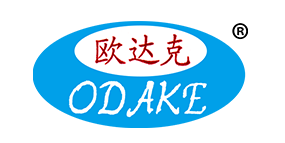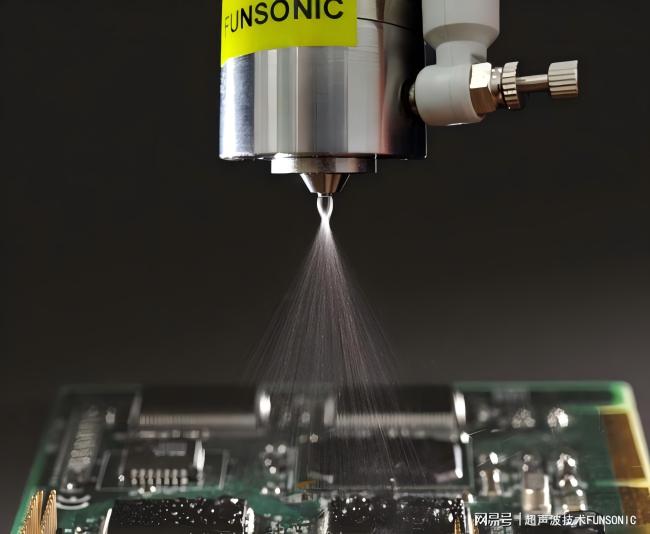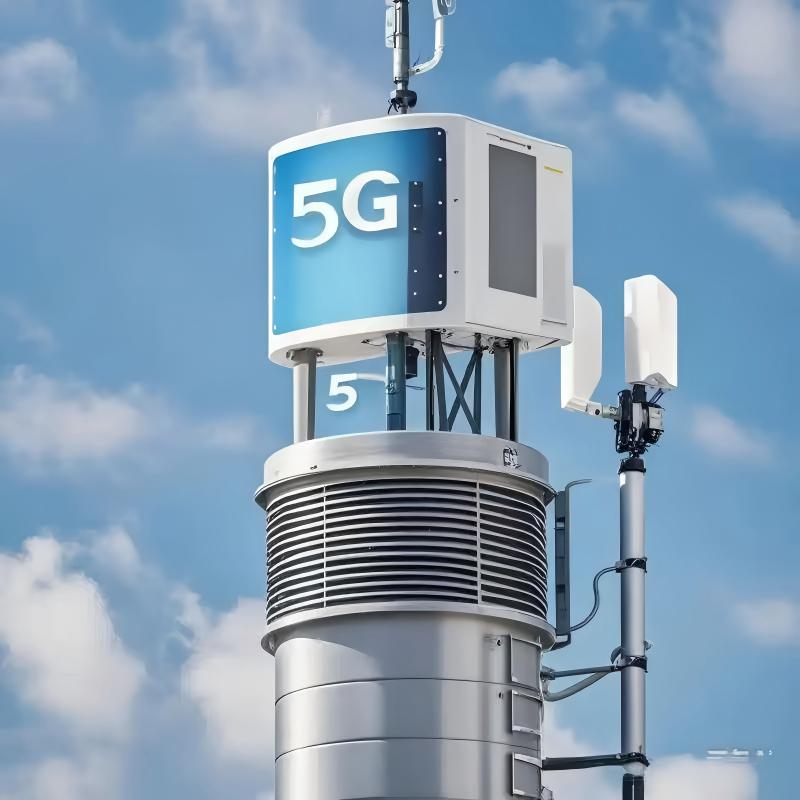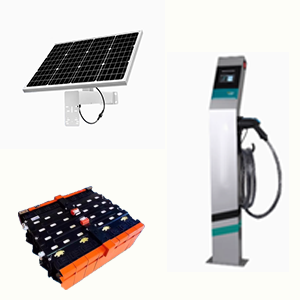In a world where precision, efficiency, and sustainability are driving innovation, UV adhesives are transforming how products are assembled across multiple industries. From smartphones and medical devices to automotive components, UV-curable adhesives offer unmatched advantages in speed, strength, and material versatility—making them the go-to bonding solution for next-generation manufacturing.
In this blog, we explore why UV adhesives are revolutionizing bonding in electronics, medical, and automotive sectors, and how they’re reshaping the future of industrial assembly.
🔍 What Are UV Adhesives?
UV adhesives, also known as UV-curing adhesives, are light-activated bonding agents that cure (harden) within seconds when exposed to ultraviolet light. These adhesives contain photoinitiators that trigger polymerization when exposed to UV wavelengths, forming a strong and durable bond.
Unlike traditional glues that require heat, solvents, or long drying times, UV adhesives deliver instant bonding, making them ideal for high-speed, automated production lines.
🚀 Key Advantages of UV Adhesives
To understand their growing adoption, it’s crucial to look at the key benefits that make UV adhesives ideal for industries where performance and precision are non-negotiable.
1. Rapid Curing for Faster Assembly
UV adhesives can cure in as little as 1–5 seconds, enabling faster production cycles. This is critical in mass production environments such as smartphone assembly or automotive manufacturing, where every second counts.
2. Strong and Durable Bonding
Once cured, UV adhesives form a cross-linked structure that provides excellent mechanical strength, chemical resistance, and thermal stability—even in harsh conditions.
Temperature resistance: Typically -40°C to 150°C
Excellent tensile and shear strength
Vibration and moisture resistance
3. Solvent-Free and Eco-Friendly
Most UV adhesives are 100% solids with zero VOC emissions, making them a green alternative to traditional solvent-based glues. This not only supports environmental compliance but also improves workplace safety.
4. Precision Bonding in Micro-Applications
UV adhesives can be applied in tiny amounts and cured with pinpoint accuracy, making them ideal for miniaturized devices like wearables, sensors, and microfluidic chips.
5. Optical Clarity and Aesthetic Appeal
When cured, UV adhesives remain crystal-clear with high light transmission (>95%) and excellent anti-yellowing properties, perfect for displays, glass bonding, and optical devices.
⚡ Industry-Specific Applications of UV Adhesives
Let’s dive into how UV adhesives are reshaping three major industries:
🔌 1. Electronics Industry
The demand for compact, lightweight, and high-performance electronics has made UV adhesives essential in consumer electronics, wearables, and optical components.
✅ Common UV adhesive applications in electronics:
Display bonding (OLED/LCD): Ensures ultra-clear, durable screen layers
Camera module assembly: Offers precise, low-shrink bonding
PCB encapsulation: Protects circuits from moisture, dust, and vibration
Connector sealing: Provides strong bonds in compact assemblies
🔗 Explore more: UV Adhesives for Electronics
🏥 2. Medical Devices and Diagnostics
In medical device manufacturing, UV adhesives offer fast, sterile, and biocompatible bonding—especially for single-use and diagnostic applications.
✅ UV adhesives are widely used in:
Catheter bonding
Syringe and IV set assembly
Lab-on-a-chip (LOC) packaging
Endoscope and surgical tool bonding
These adhesives comply with ISO 10993 standards, ensuring safety and biocompatibility.
🔗 See product: Medical-Grade UV Adhesives
🚗 3. Automotive Industry
Modern vehicles require lightweight, durable, and aesthetically clean bonding solutions that perform under extreme conditions. UV adhesives are increasingly used in interior and exterior automotive assemblies.
✅ Common uses include:
Headlight sealing and bonding
Sensor and camera module assembly
Decorative trim and glass bonding
Composite materials and body panels
UV adhesives help reduce weight, support design freedom, and enhance vibration resistance.
🔗 Product link: Automotive UV Adhesive
🔮 Future Trends in UV Adhesives (2025 and Beyond)
As industries evolve, UV adhesive technology is advancing rapidly. Here are key trends to watch:
🔧 Low-Energy LED Curing
The shift from mercury vapor lamps to UV-LED curing systems is reducing energy use, enabling compact and safe UV stations.
🌈 Flexible and Stretchable Adhesives
With the growth of flexible electronics and wearables, manufacturers are investing in UV adhesives that maintain bonding strength under repeated flexing.
🌫️ Dual-Cure Systems
Combining UV light and moisture or heat curing, these adhesives overcome the challenge of shadow curing in complex assemblies.
🧠 Smart and Responsive Adhesives
Next-gen UV adhesives can respond to temperature, pressure, or chemical triggers, opening doors to self-healing and adaptive bonding technologies.
✅ Conclusion: UV Adhesives Are Driving the Future of Industrial Bonding
From smartphones and surgical tools to automotive assemblies, UV adhesives are enabling faster, cleaner, and more reliable bonding solutions. Their ability to meet the demands of modern design, mass production, and sustainability positions them at the forefront of industrial innovation.
For engineers, designers, and manufacturers looking to future-proof their products, UV adhesives offer a versatile, high-performance solution that’s here to stay.
📞 Ready to Find the Right UV Adhesive for Your Industry?
Hexu Xinwang Adhesive Co., Ltd. is a certified UV adhesive manufacturer with a 2000㎡ smart factory and dedicated R&D team serving global markets in electronics, medical, and automotive sectors.
👉 Contact us today:
🌍 Website: https://usodake.com
📧 Email: dghxxw888@163.com
📞 Phone: +86-769-81617120 | +86-13711910698
📍 Location: Humen Town, Dongguan, China






